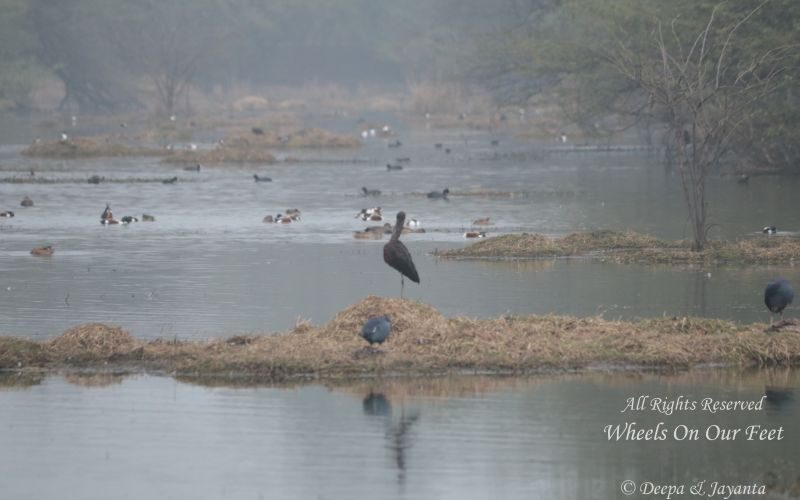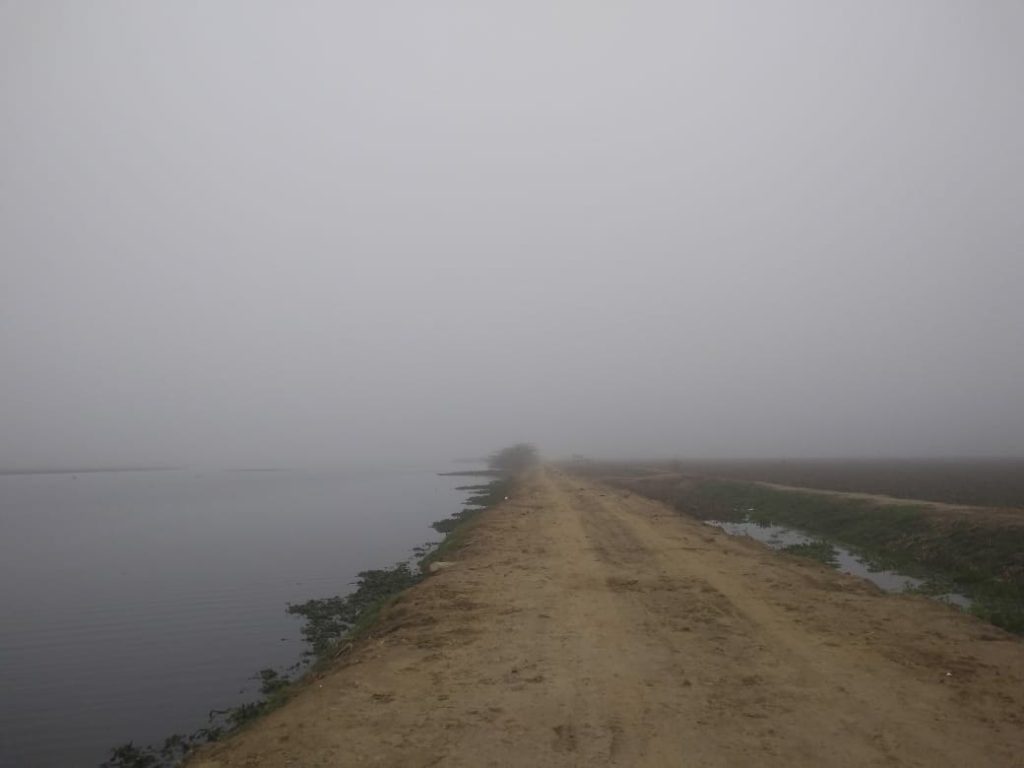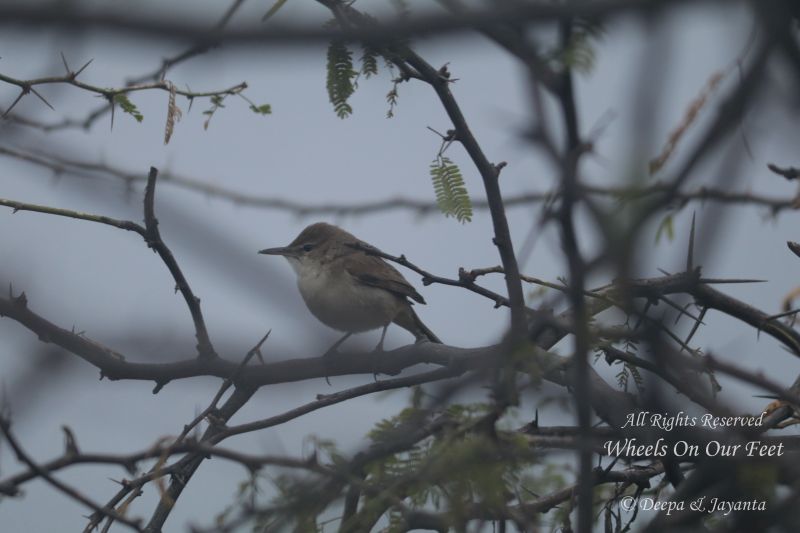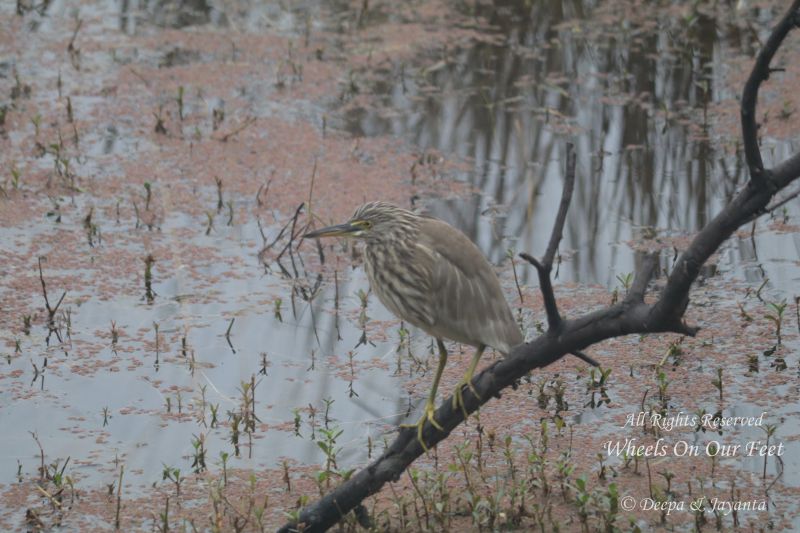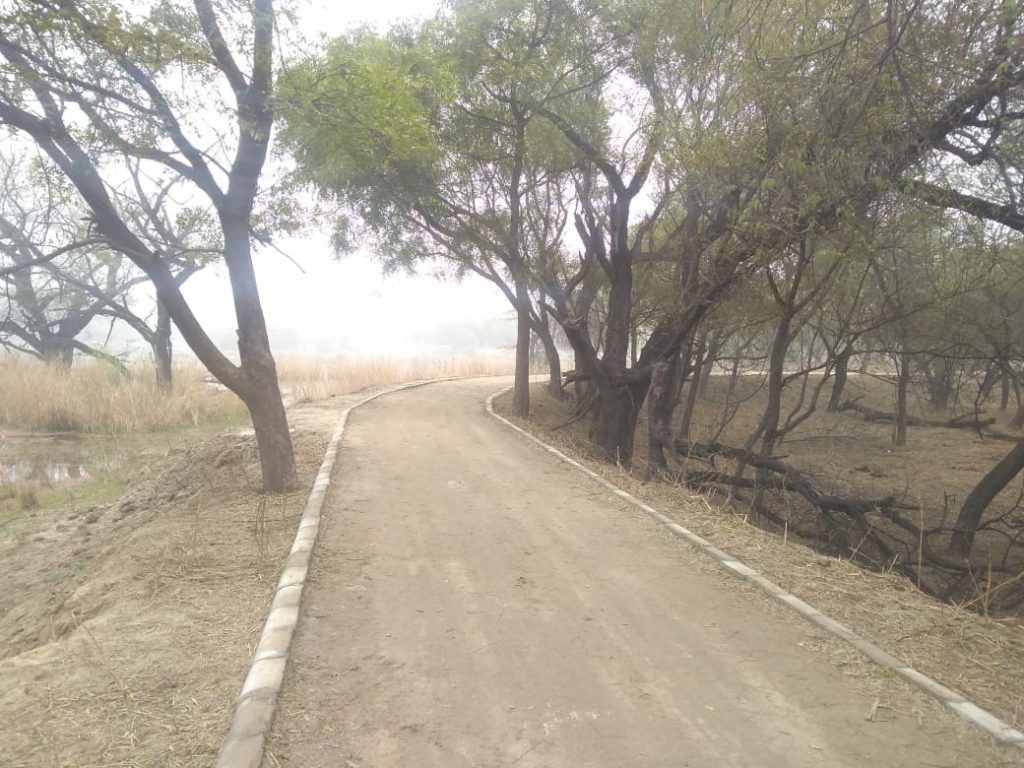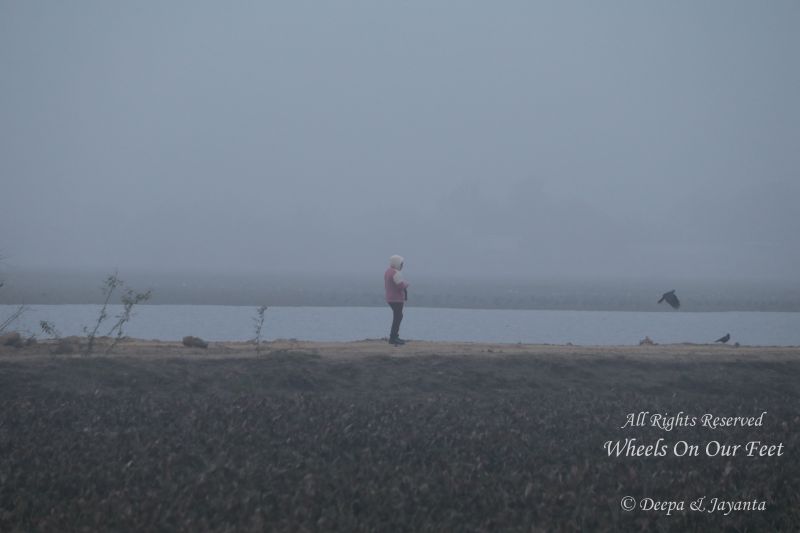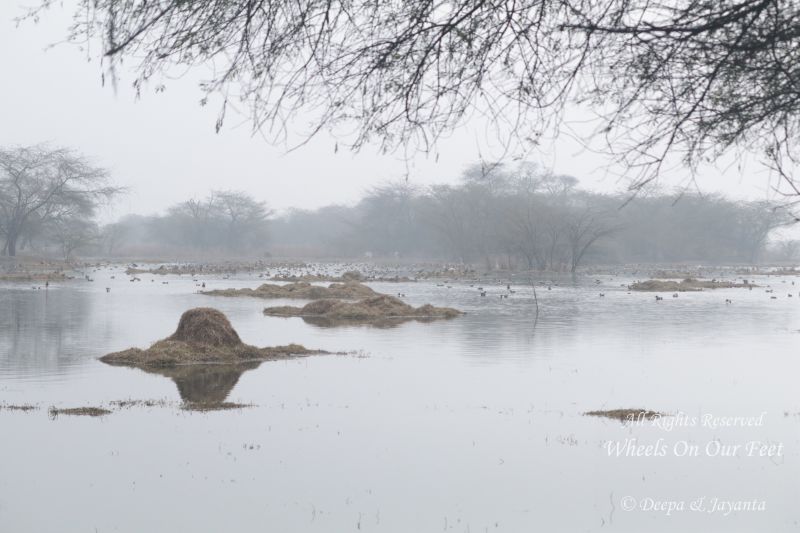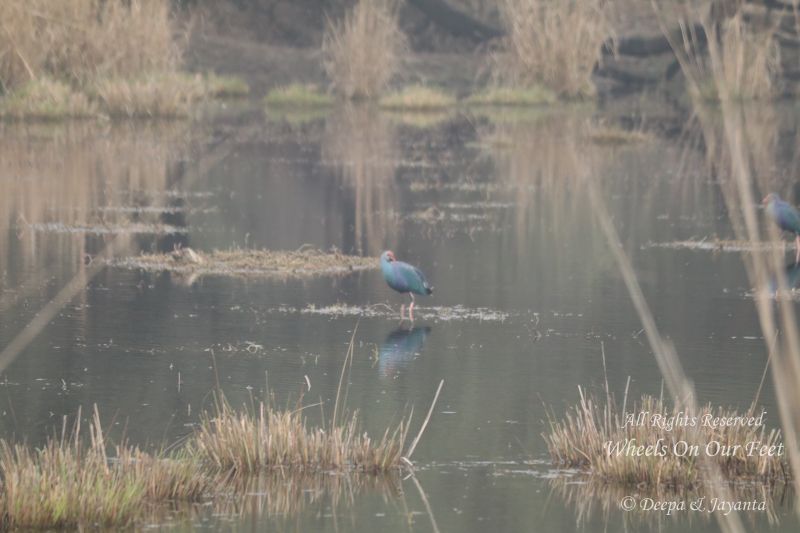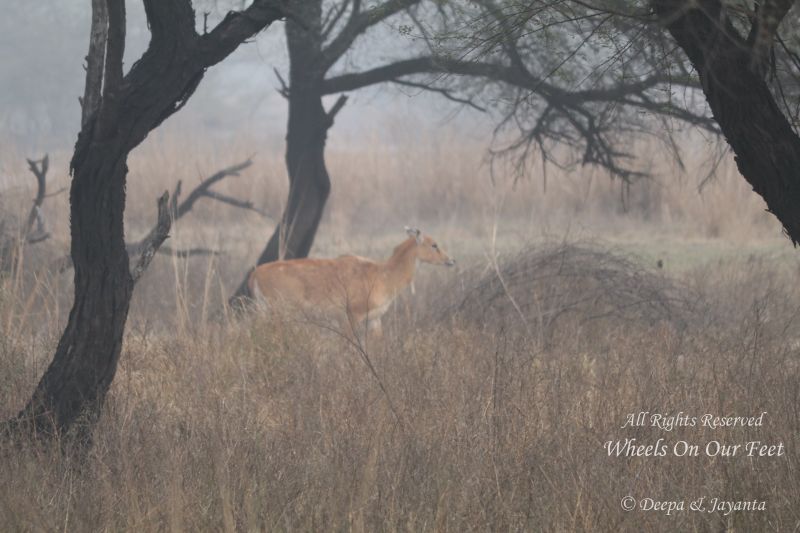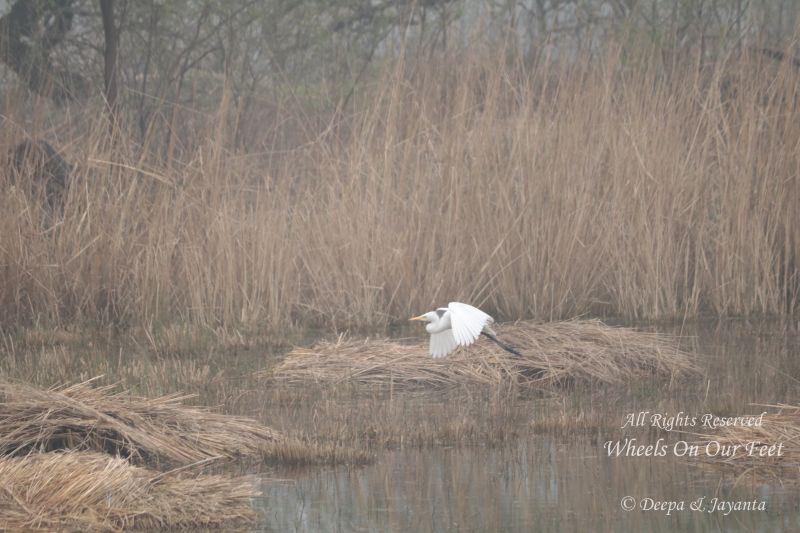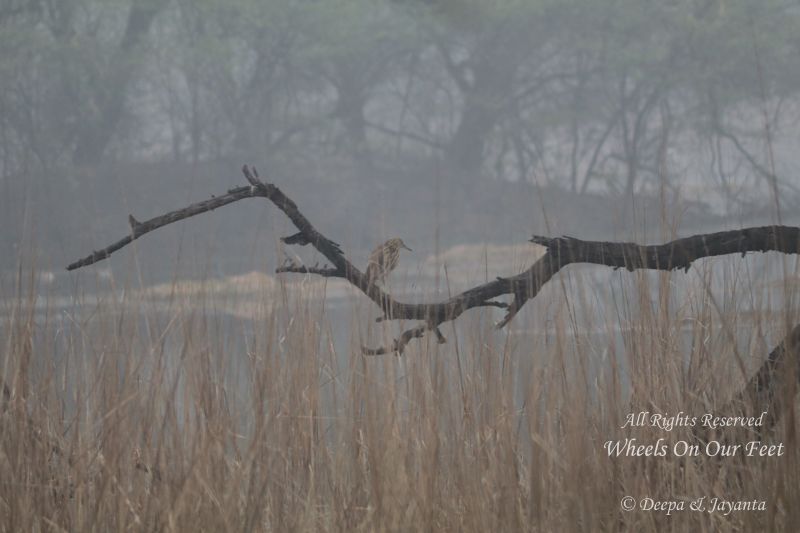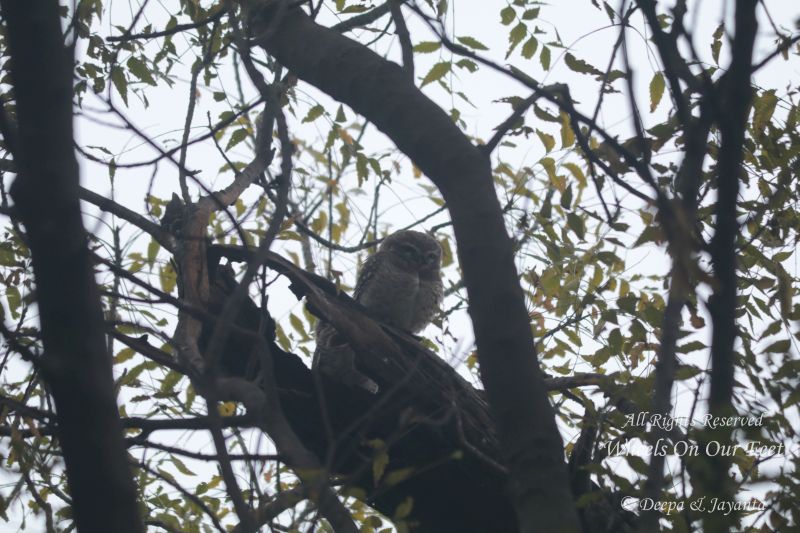During the somewhat-sultry-somewhat-cooler months of September and October, what looks like endless fields of marshes in Haryana, gradually start turning into a paradise for migratory and resident birds. In the ensuing colder months, almost 250 varieties are spotted here in its wildlife sanctuaries and marshlands. Quite a few do not shy away from the parks of condominiums too! A whooping 175 long distance migration species use the Central Air Asian Flyway route. Most migrate from South-East Asia and Siberia, during the winter and summer season, most likely to avoid the heat and cold respectively.
Do not miss out on two treasure troves — Basai Wetlands and Sultanpur National Park.
The Basai Wetlands, about 15 kms away from the main Gurgaon city and 40-50 kms away from New Delhi, an important bird and biodiversity area, is being fast invaded by builder sharks. Amidst slowing crawling concrete lies the rich wetland of about 250 acres fed by a tributary of the Yamuna. It is home to a diverse species of birds — over 200 species migrate here, and the wetlands make a perfect home for the guests. One must remember to stay completely silent – apart from the ducks in the pond, trying to spot more unique birds becomes quite the challenge. Most of the birds migrate from Russia, Europe, Siberia, Central Asia and Afghanistan. Ducks, waders, terns, raptors and other species of migratory birds flock here throughout the year with winters claiming the highest share.
- Best time to go to Basai Wetlands: Early mornings and evenings are the best time to go bird watching there
- Wear easy shoes as the place is marshy; also, wear comfortable and full length clothing. Make sure to not wear bright clothes, for, birds are shy…dress in blacks, browns or army greens to blend in with the colour of the surroundings
- Carry your own waste paper bags in your car and bring back any trash (food wrappers, packets, cups) you would have generated. The place is fragile and need our help for its overall upkeep
- One must remember to stay completely silent – apart from the ducks in the pond, trying to spot more unique birds requires silence and merging with the surroundings
Sultanpur National Park, is less than 10 kms away from the Basai wetlands. Sprawling and extremely well laid out, the park is home to thousands of birds flown through incredible distances even as their homelands in Europe, Siberia and Central Asia become uninhabitable due to extreme cold, snow covered grounds and frozen lakes. Birds spotted here include the Siberian crane, greater flamingo, ruff, common greenshank, northern pintail, white wagtail, rosy pelican and gadwall among others. Resident birds include – common hoopoe, paddyfield pipit, purple sunbird, Indian cormorant, common spoonbill, grey francolin, Indian roller among others.
Unlike Basai, one will have no trouble trying to spot birds here – it is swarming by the thousands. From the cute pond in the centre, filled with cranes and ducks, to the trees on the sides, filled with tiny birds, to the great skies, as the eagles and a rare owl flies by, your camera will have a busy time.
- The best time to visit Sultanpur National park is during the winters, when maximum birds flock here. The birds stay all the way until April, after which the park is usually shut until around September
- The park opens at 7:00 am, and shuts at 4:30 pm. It is closed on Tuesdays
- Wear comfortable clothing and easy shoes
- Carry your own water
- Do not forget to carry a good pair of binoculars, and of course, your camera

